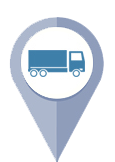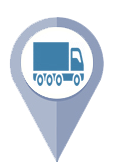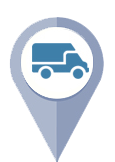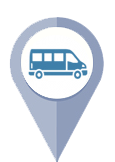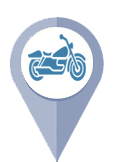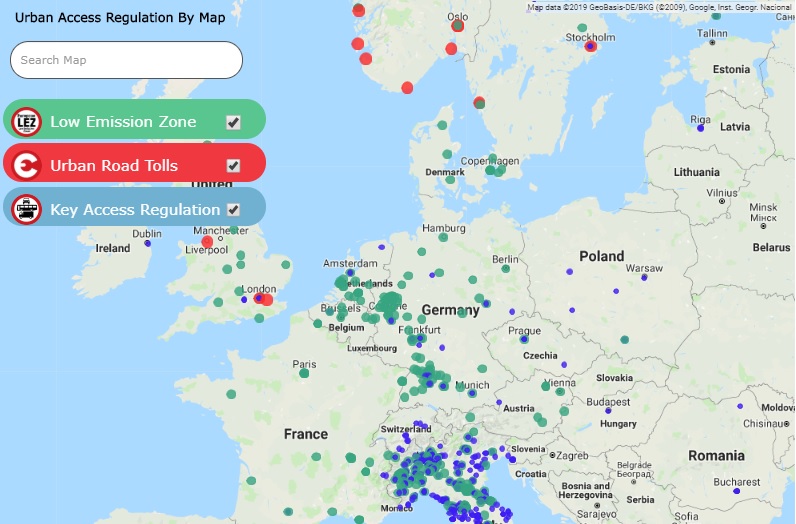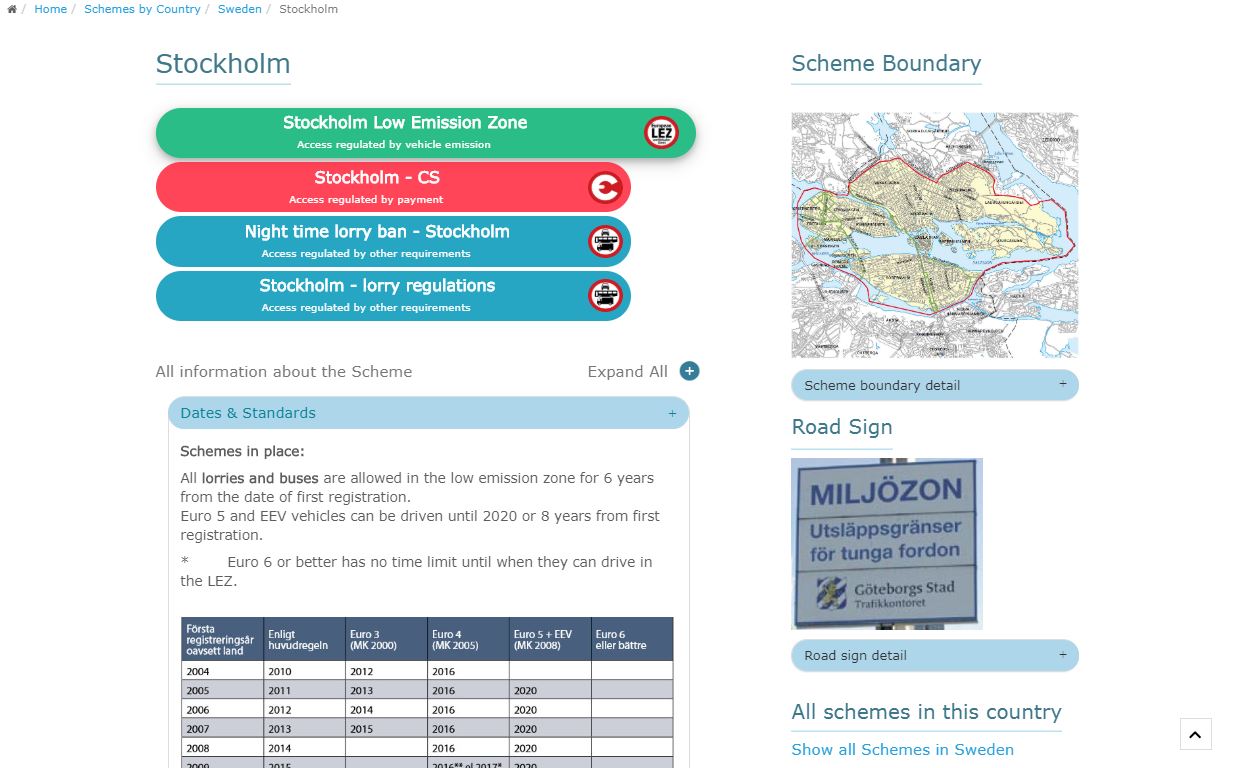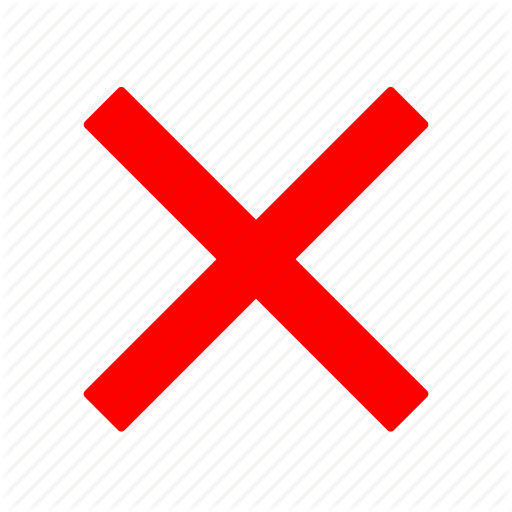Route Planner
Check for Access Regulations on your Journey. Don't get caught out during your trip.
Find out what regulations are in the towns and cities on your route

How to use ?
![]() Please type in each town or city you will enter during your trip.
Please type in each town or city you will enter during your trip.
![]() Each time you enter a city name, a list will drop down. If your city is not in that list, then we have no access regulations for that city.
Each time you enter a city name, a list will drop down. If your city is not in that list, then we have no access regulations for that city.
![]() The results show all the access regulations in those cities..
The results show all the access regulations in those cities..
![]() Once the result shows, you can use the vehicle buttons to filter the results by your vehicle type..
Once the result shows, you can use the vehicle buttons to filter the results by your vehicle type..
|
Results for all Vehicles. Scroll right on mobiles or narrow screens
|
||||||||||
| Country | City | Standard start & finish | Vehicles affected |
 Petrol* Petrol*
|
 Diesel Diesel
|
 Charge
Charge
|
 Key AR
Key AR
|
Key schemes affect foreign vehicles? | ||
|---|---|---|---|---|---|---|---|---|---|---|


